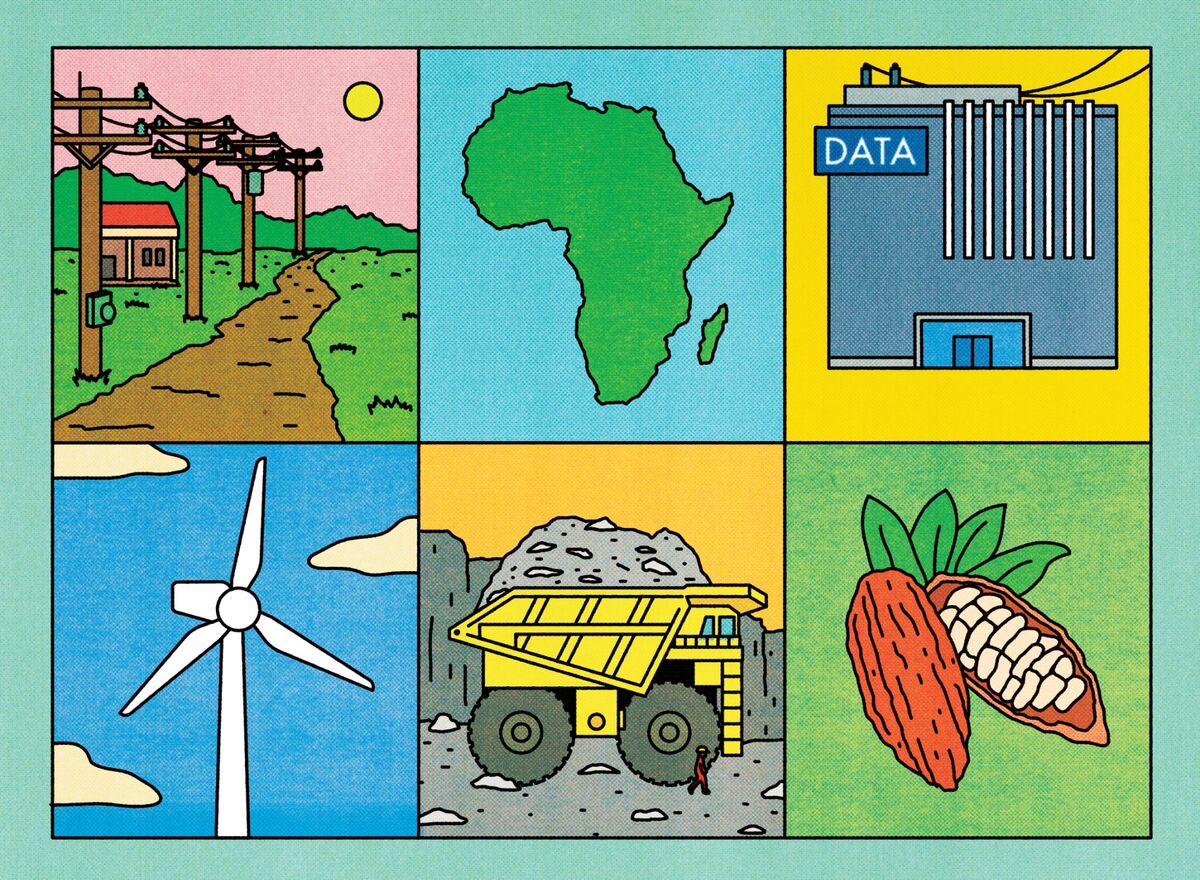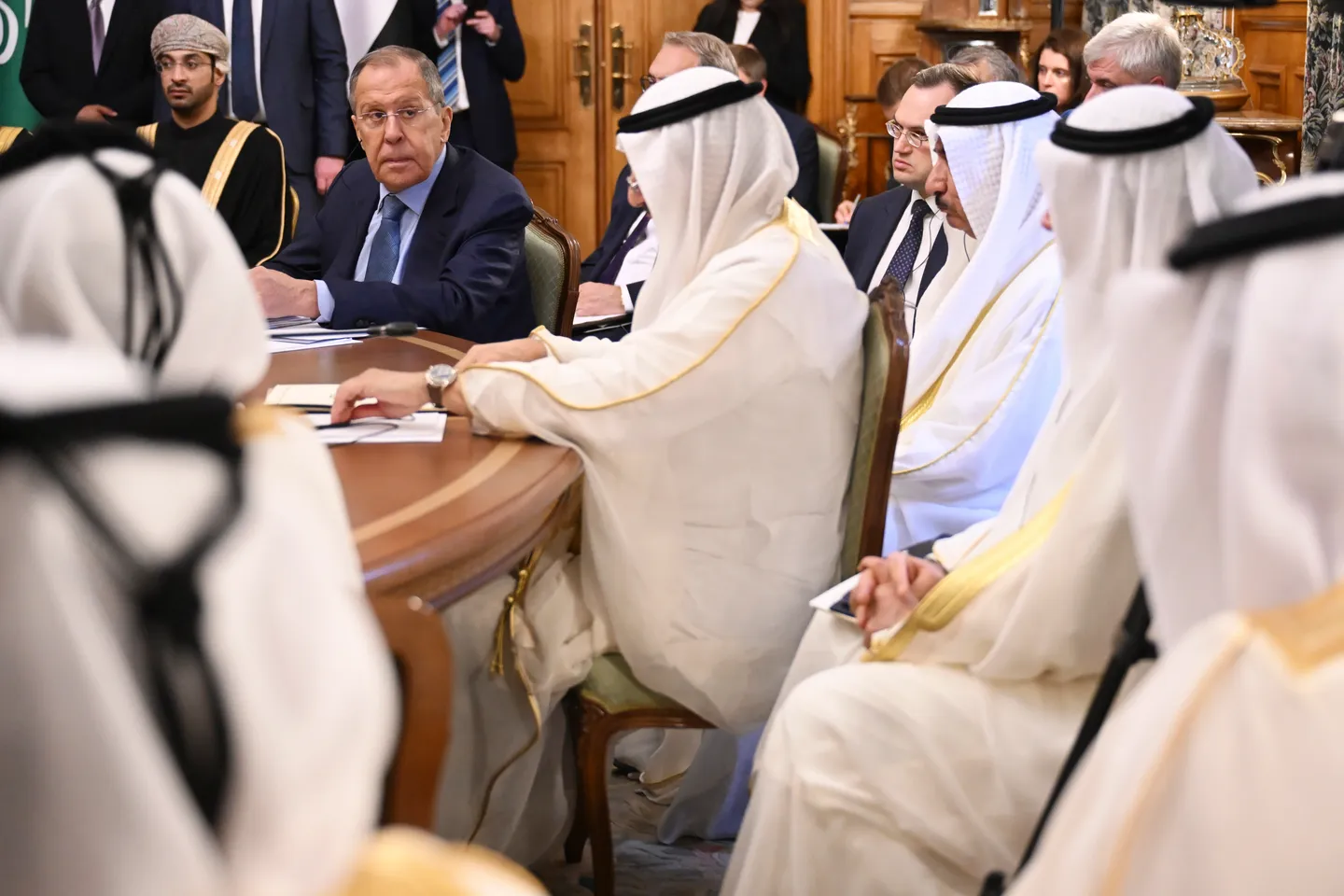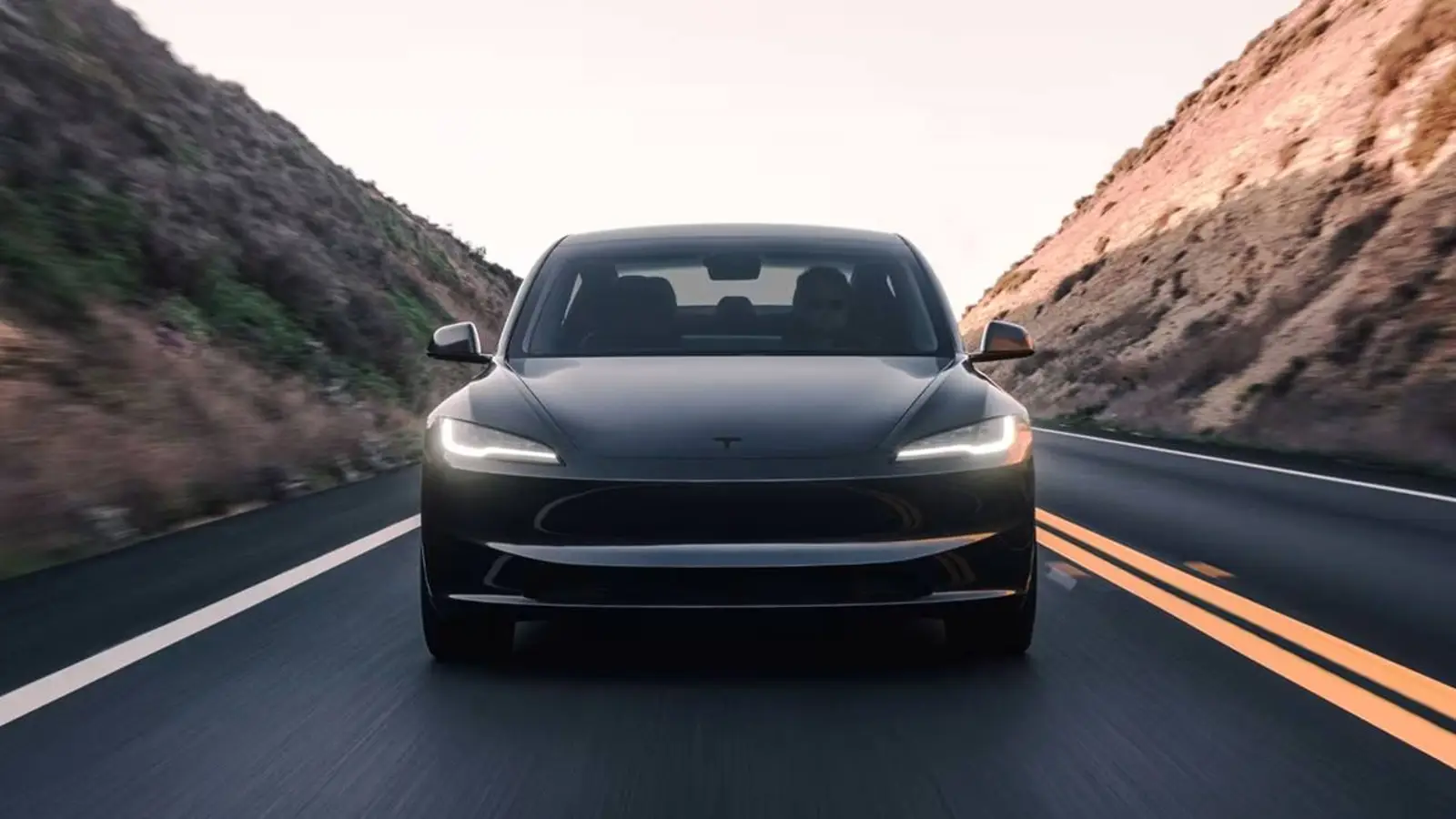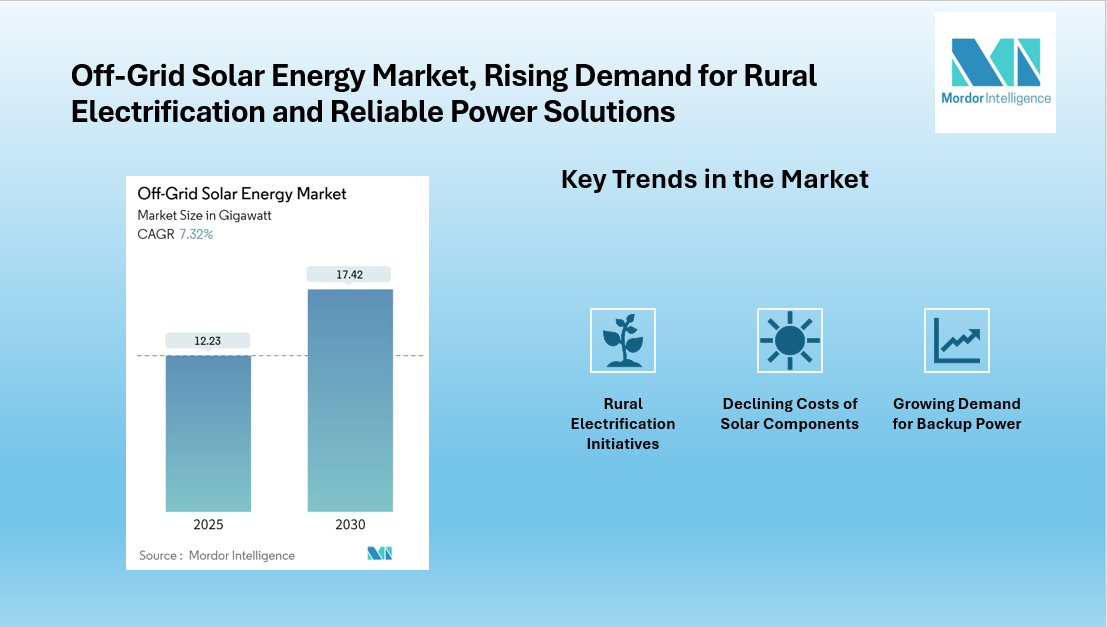Energy Markets

Middle East regains influence in VLCC market as OPEC+ increases supply

OPEC+ Policy Shift Reshapes Markets
OPEC+, led by Saudi Arabia, has begun unwinding its voluntary oil production cuts, marking a significant shift in global energy dynamics. This reintroduction of supply is re-establishing the Middle East as the core driver of the Very Large Crude Carrier (VLCC) market after more than a year of orchestrated market tightness. The increased output is redirecting momentum across both oil and tanker markets, with Asian refiners shifting their focus back to Middle Eastern crude.
VLCC Market Responds Positively
The tanker market has responded unambiguously positively to these developments, with rising VLCC cargo counts and fixture momentum. The VLCC segment remains particularly responsive to Middle East oil flows, with 85% of the region's crude exports already being carried by VLCCs. The consistent, volume-driven trade growth provides lasting rate support for supertankers, contrasting with the sporadic arbitrage flows seen earlier.
Supply Constraints Support Market Strength
On the supply side, vessel availability remains tight with negligible VLCC fleet growth this year. While more newbuildings are scheduled for 2026, much of this additional capacity will be offset by an ageing fleet experiencing declining utilization. In practice, the effective reduction in trading ability from older vessels is likely to outweigh the capacity added from new tonnage, keeping the market tight.
Persistent Market Risks Remain
Despite improving fundamentals, the market faces several risks including ongoing geopolitical volatility in the Middle East and Red Sea, which continues to cast a shadow on freight dynamics. The current demand strength also depends on Asian refiners maintaining healthy margins, and OPEC+ strategy remains reactive—potentially pivoting back toward restraint if crude prices come under pressure.
Structural Shift in Market Fundamentals
The return of Middle Eastern supply appears to represent more than a temporary boost, signaling a structural shift in VLCC market fundamentals. With Asia continuing to pull incremental barrels and Middle Eastern exports moving toward growth rather than restriction, combined with limited net fleet expansion, the freight market is increasingly driven by cargo demand rather than ship supply, creating decisively positive momentum.












